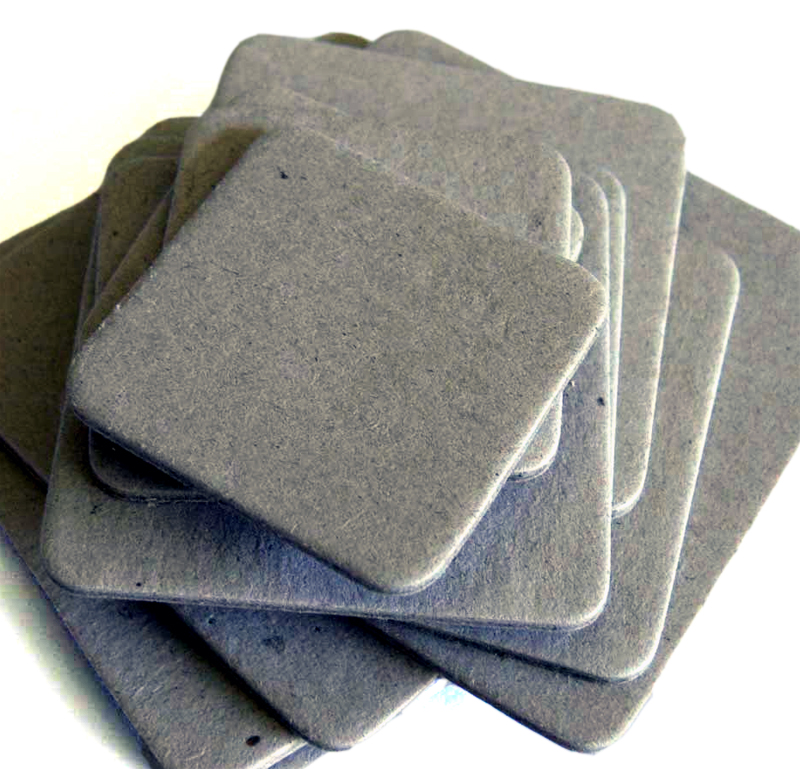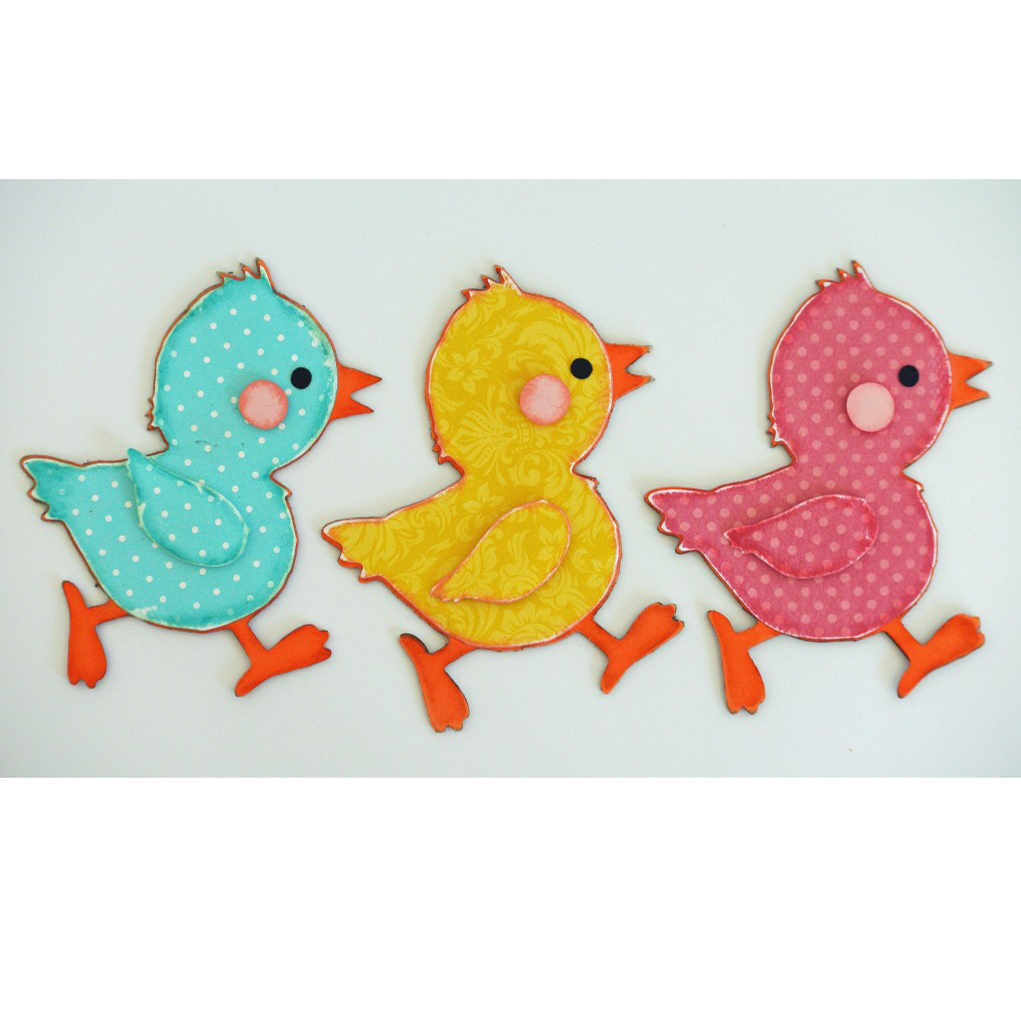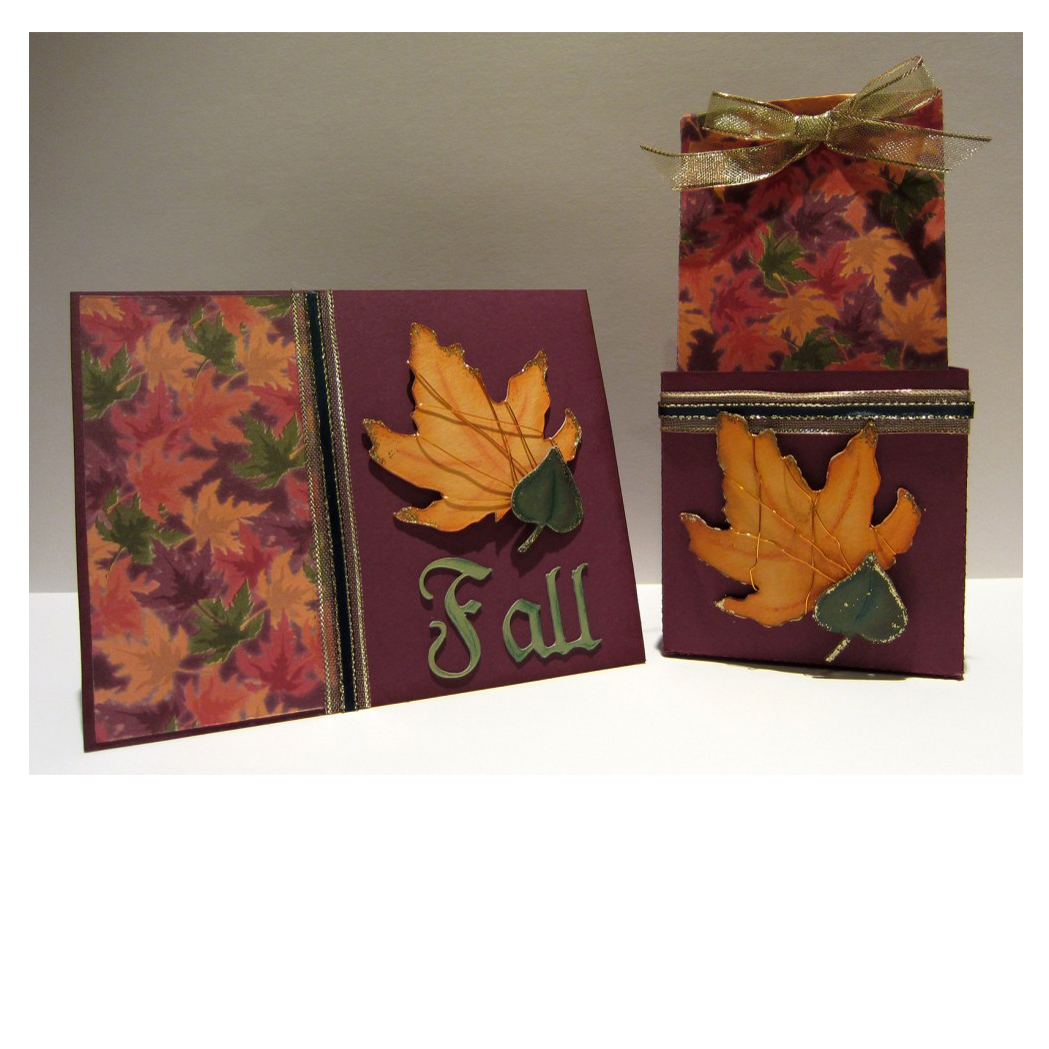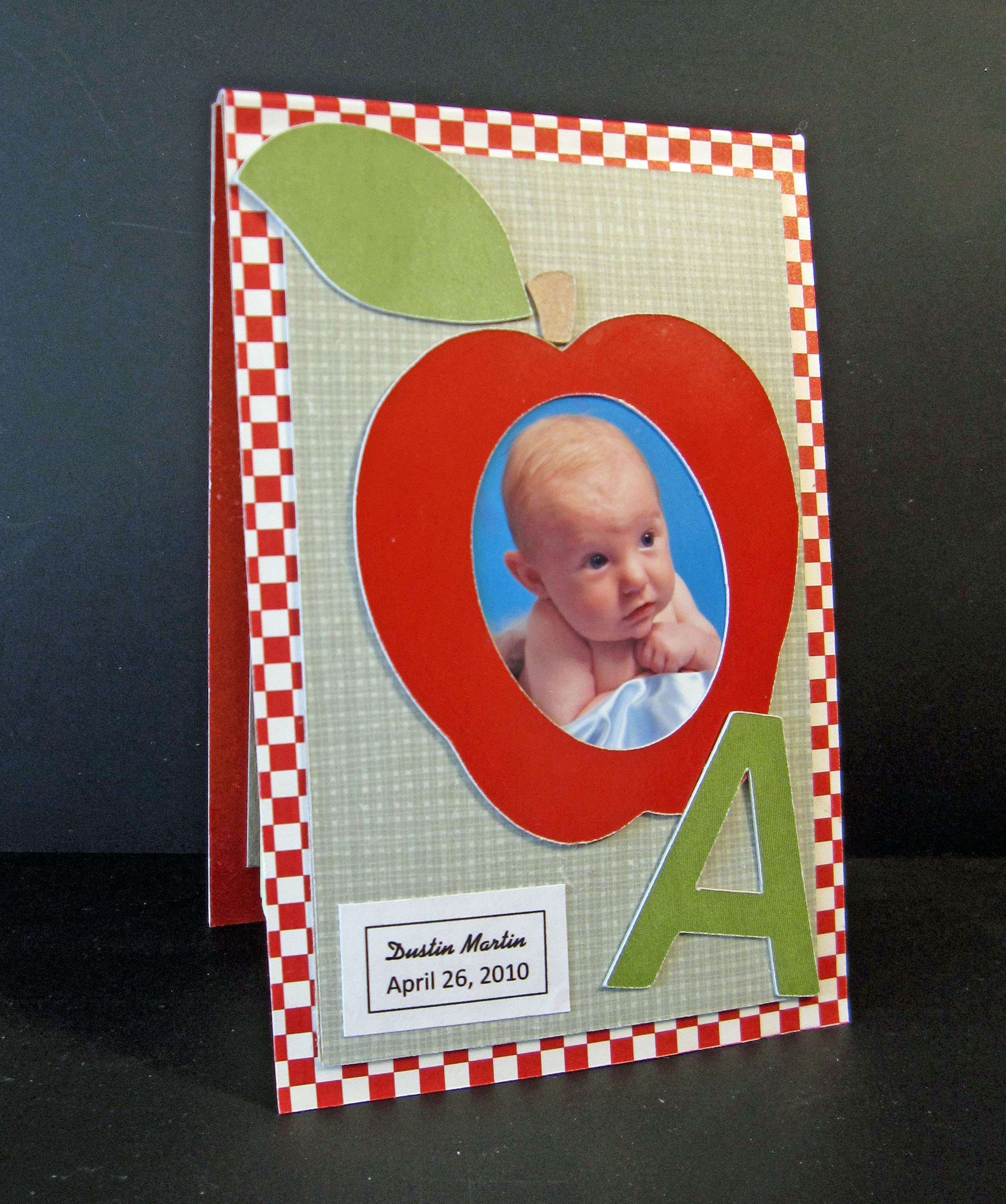 I was browsing the internet for chipboard to buy and really getting a headache over it. Not because I couldn’t find any, there were lots of places that sell chipboard for very reasonable prices in every dimension I could think of. Where I really got stuck is on the thickness of the chipboard. I knew I wanted something with some rigidity and thickness to it but not so thick that I couldn’t cut it. All of these websites were referring to their thickness in things like “caliber” or “50 point” or “0.022”…0.022 what?! Is it a caliber, a point, an inch? What do those even mean?
I was browsing the internet for chipboard to buy and really getting a headache over it. Not because I couldn’t find any, there were lots of places that sell chipboard for very reasonable prices in every dimension I could think of. Where I really got stuck is on the thickness of the chipboard. I knew I wanted something with some rigidity and thickness to it but not so thick that I couldn’t cut it. All of these websites were referring to their thickness in things like “caliber” or “50 point” or “0.022”…0.022 what?! Is it a caliber, a point, an inch? What do those even mean?
Have you ever been in my shoes? If you haven’t, lucky you! But whether you have or have not had to deal with this headache I am here to shed some light on this tricky issue. Let’s first talk about what chipboard is.
Chipboard, also referred to as “Paper board”, is cardboard made of recycled paper that’s been mashed up and put back together. It is very cheap and can be cut, glued, inked, stamped, painted and more making it a perfect choice for crafting. Most chipboard is brown with some speckles running through it; this is referred to as Kraft chipboard. You may also run across chipboard made out of newspaper which will be a grey color. You also may find “clay coated” chipboard which is chipboard but with a thin white coating of clay over it. Chipboard can also refer to wood sheets made of recycled wood often used in construction, so make sure you are looking at the right stuff!
Okay, now on to deciphering thicknesses. Chipboard is measured in inches and the bigger the number is the thicker the chipboard is. So when you see chipboard that is 0.022 thick that is 0.022 inches. You may also see it referred to in “points” such as “22 point chipboard” this is also 0.022 inches thick. 0.022 caliper is also 0.022 inches. Seems silly to have all those ways of saying it doesn’t it? Don’t shoot the messenger though! To summarize:
22 point = 0.022 caliper = 0.022’’ they are all the same thickness just said in different ways.
Ok now that you know what thickness the chipboard is, how do you know what thickness you want? Here I’ll provide you with a few “benchmark” thicknesses to help you get an idea of what you want.
0.022’’ thick – This is the thickness of a standard cereal box. It is thin and flimsy but cuts like butter.
0.032’’ thick – This is about the thickness of a credit card. It has more rigidness to it than a cereal box but still is fairly bendable and will cut easily.
0.05’’ thick – This is about the thickness of a penny. It is thicker chipboard and a popular thickness for scrapbooking needs. It is fairly stiff though still bendable; it will require multiple passes to cut
0.068’’ thick – This is about the thickness of a nickel. This thickness is teetering on as thick as you can cut on the Inspiration. If you want to use this thick of chipboard be prepared to do several passes and stick to simple shapes.





I’ve wondered what chipboard was. Now that I know, I’ll try it. Thanks for clearing it up !!
So true Amanda, when I first started to work with chipboard I was so confused about the measurements lucky for me my husband knows all about that. I came across a website who sells chipboard and they’re prices are great. they even have a sample for $1 which has all the different thicknesses to help you find the right size. I thought that was great.So here’s the link
http://www.ckresale.com/028white
Thanks Amanda – I havent tried cutting chipboard yet, but did wonder how thick would be ok – and now I know!!!!! Explanation very much appreciated!!! Have a great day!!!!
Thanks for the info Amanda. I’ve always battled to find “just the right one”
Regards
Cheryl
Amanda to the rescue 😀 thanks Amanda, you cleared up a lot of frustration for me too! 😀
I have never been brave enough to try chipboard. This explains some of it. I wish there was a cheat sheat for the Insperation showing the different thickness and how many passes, pressure and/ or speed to use. That would be great for beginers like me.
I tried cutting a cereal bo withthe standard inspiration setting and my machone just would not do it. I kept getting “jammed” and skipping. The blade was brand new. Any advise?
Could be your pressure is too high. There is a cut setting guide in the forums under “cutting 101”, if that doesn’t help repost your question in the forums and I’m sure you’ll get some help 🙂